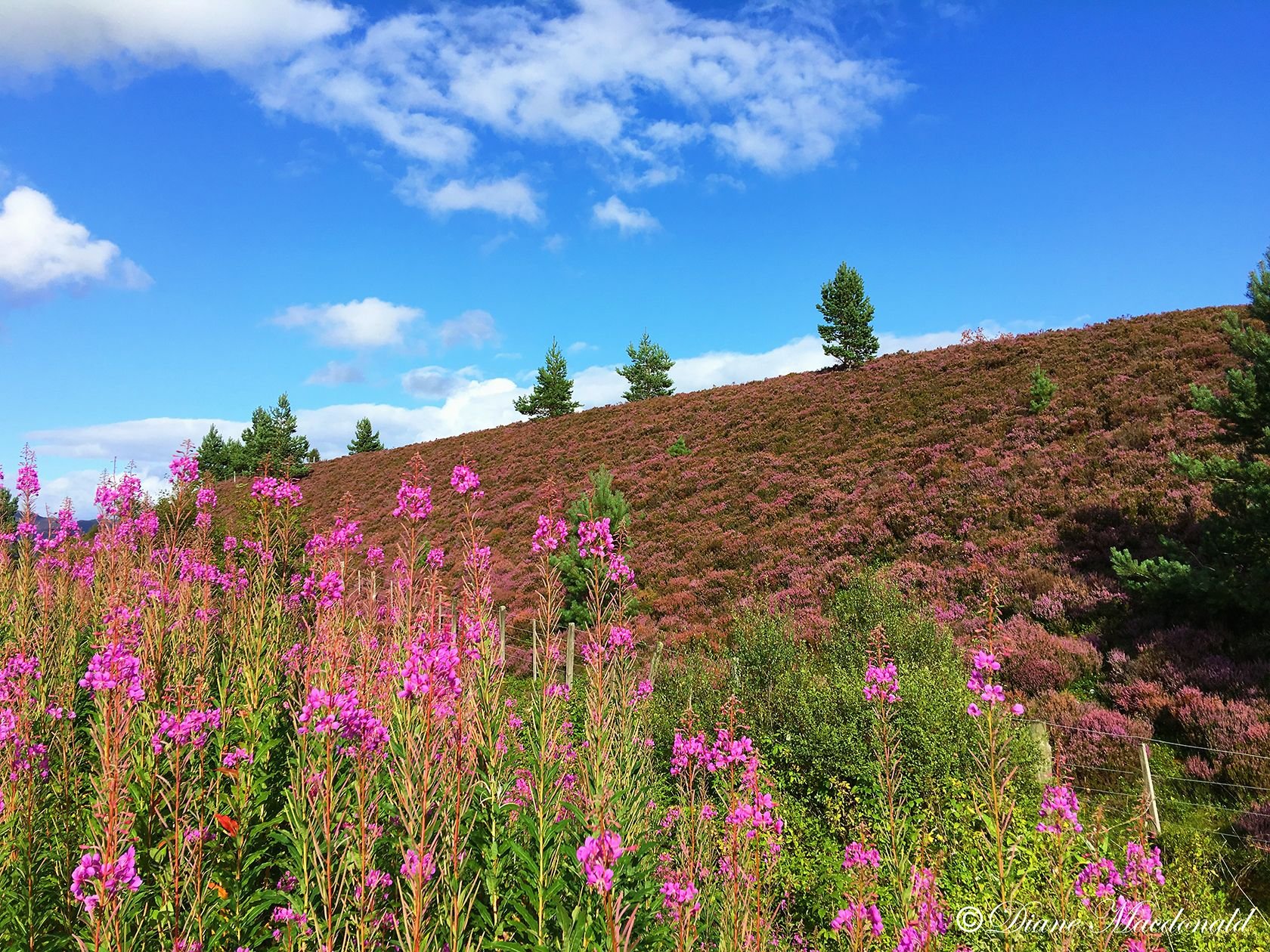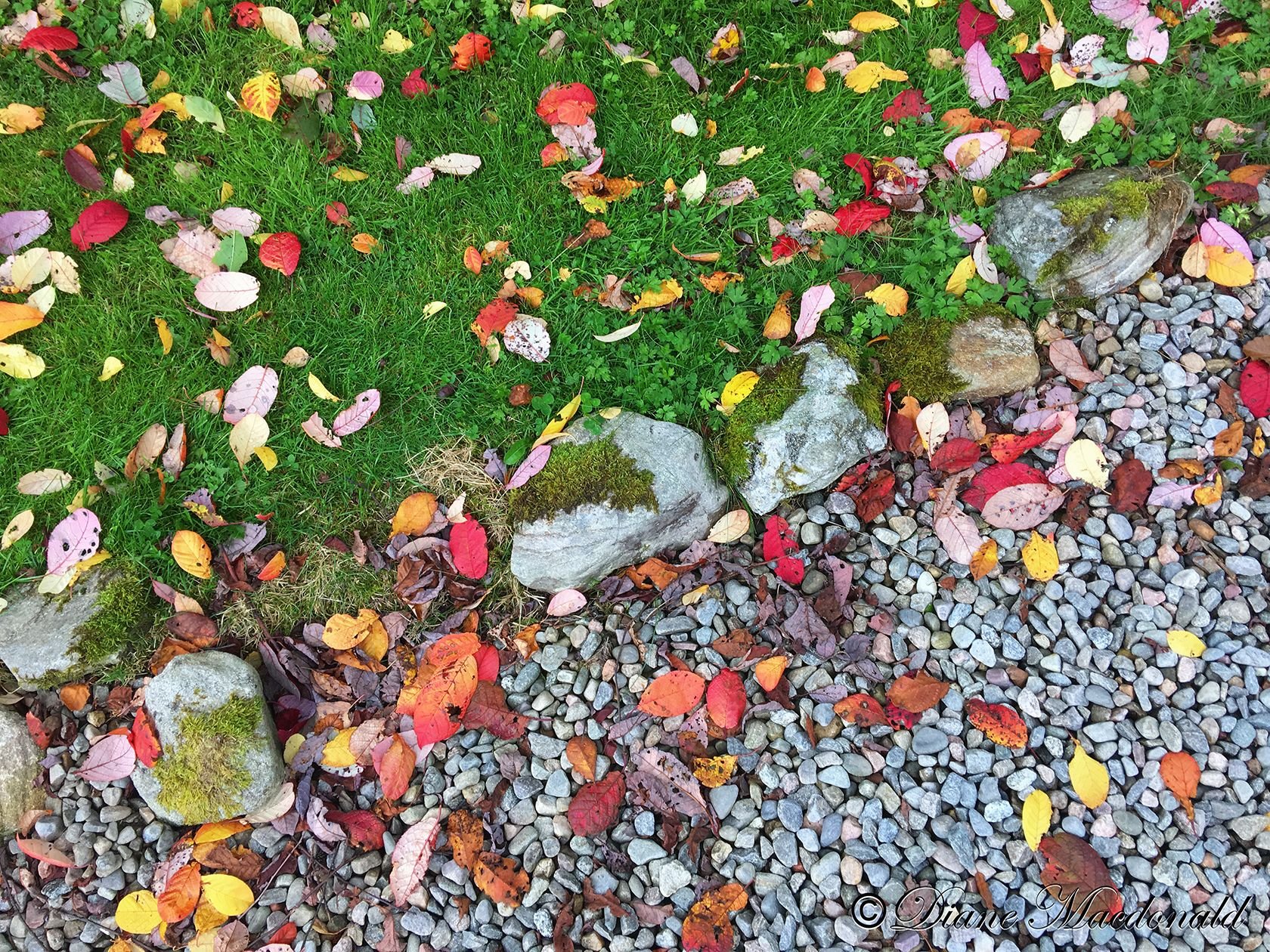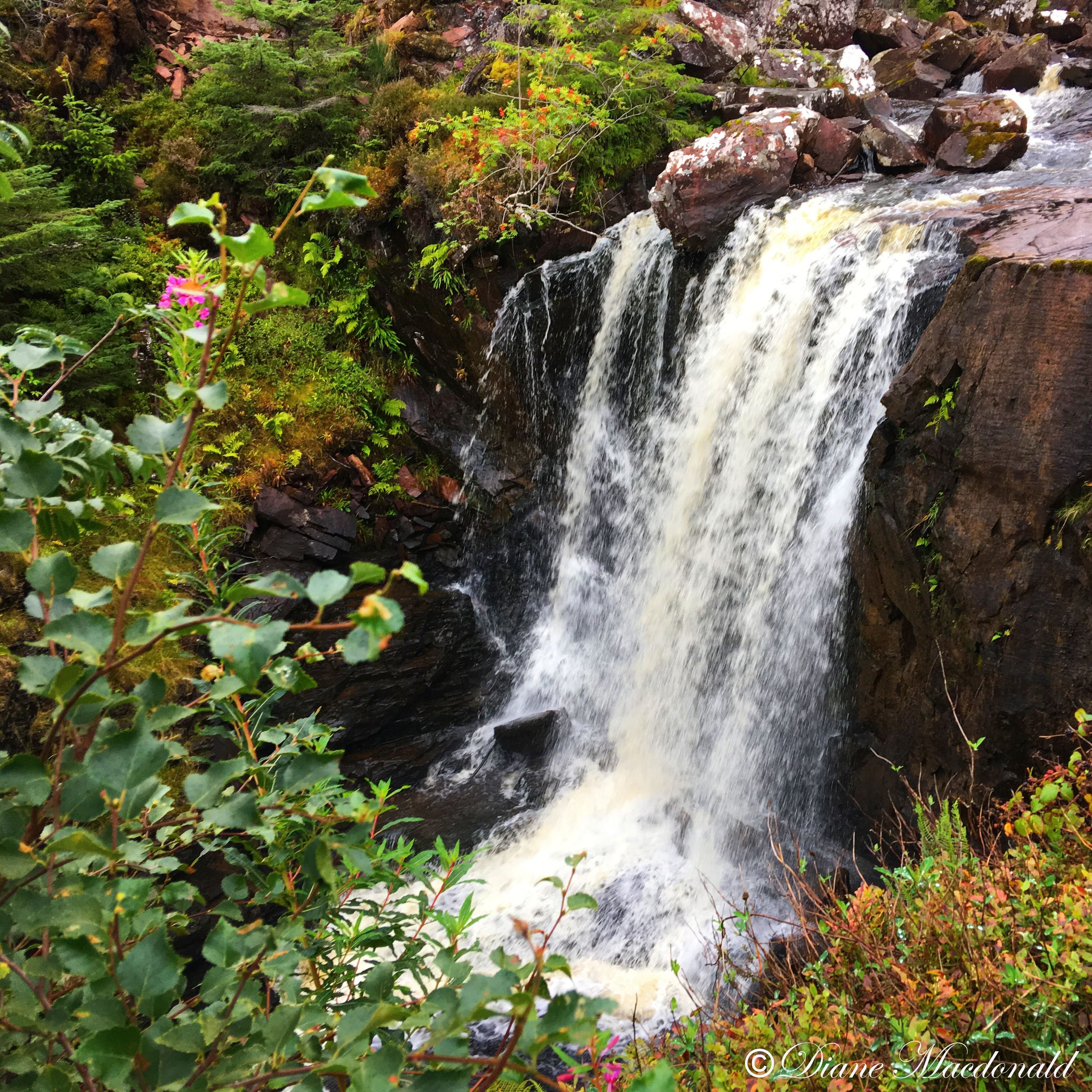IMPACT on the viewer is key to what makes a great photograph! Everything else about the photograph falls somewhere in a subcategory under that one important category! The camera is just a tool, so it does not matter if you are using the most expensive DSLR camera, a point and shoot camera, an old film camera or your cell phone camera, you can still create a great photograph – no matter what anyone tells you!
In this first lesson of Photography 101, I am not going to overwhelm you with technical details about photography, and I am deliberately keeping this lesson short, because if you are overwhelmed with too many details, you will learn very little! No, this first lesson is about THE ART OF SEEING a great photograph and capturing it with whatever camera you have on hand! (Every image in this post was captured with the iPhone 6S Plus). So, read on and be prepared to complete your first assignment for critique purposes at the end!
We have all heard it said that you never have a second chance to make a first impression. This is so true in relationships, whether personal or business related. That is why we meticulously dress for a first date or for a business interview. We want to make a good impression during that one tenth of a second that experts say it takes for someone to form an opinion about us.
But how does that apply to photography? Well, it takes us only one tenth of a second to form an opinion about a photograph too! That's why companies choose very carefully (and are willing sometimes to pay a lot of money) for the stock image that says exactly what they want the image to say in a split second. That's why in the olden days of the stock photography business, images were very carefully chosen by the agencies. They wanted every image to be capable of licensing multiple times per month, so every image had to have impact at the thumbnail level!
Nowadays, it's possible for almost anyone to upload images to some stock agencies where those images are accepted purely on technical grounds. But, the principals are still the same. That technically perfect image that has no impact at the thumbnail level may be licensed once in a while or not at all, but an image with immediate impact will license many times over. (Of course, there are many other factors nowadays too to consider in a stock business which is suffering from an overpowering glut of photographs. Agencies have search algorithms which sometimes make it hard for even the best images to be found, but that is another story.)
What exactly gives an image IMPACT then, whether as a stock image, a fine art piece, or a portrait? There are several factors, all of which may or may not be present in every great photograph!
Emotion. Does the photograph successfully portray an Emotion, whether it is sadness, happiness, anger, tranquility, passion or despair? Emotion can be conveyed using any of the factors in 2-8 in the following categories.

Image © Diane Macdonald. All Rights Reserved.Lighting. Is the lighting harsh with ugly dark shadows, or is it soft with varying degrees of color in the shadows if they exist? Is there a focus of light on the subject matter of the photograph? Is the subject matter back lit, side lit, or lit from the front? Was the photograph taken during the golden hours of morning and evening – an hour after sunrise or an hour before sunset?

Image © Diane Macdonald. All Rights Reserved.Composition. Is the composition pleasing to the eye? Does the photograph utilize the Rule of Thirds or Leonardo Fibonacci's Golden Ratio, also known as the Golden Mean or Fibonacci’s Ratio? Or does the photograph utilize Symmetry? Are there Leading Lines or S-Curves, especially in a landscape shot? Does the image have Depth - easily created by having something of interest in focus in the foreground, but normally requires a good DSLR to create a deliberately out of focus background. Does something like foreground trees create a natural Frame for the photograph? (Don't worry about these terms for now. I will be using future lessons to highlight the different aspects of composition.)

Image © Diane Macdonald. All Rights Reserved.Color. Does the color in the image immediately draw you to it for some reason? Do the colors complement each other, or do they clash? Does the image have one predominant color that has a psychological impact? If the image is in black and white, is there a range of tone from the whites, through different levels of gray to the blacks? Is there detail in the whites and blacks?

Image © Diane Macdonald. All Rights Reserved.Negative Space. Is there Negative Space which helps to draw attention to the subject matter?

Image © Diane Macdonald. All Rights Reserved.Motion. Is the Motion blurred or frozen in time? A different type of IMPACT will be conveyed based on the type of Motion in the shot.

Image © Diane Macdonald. All Rights Reserved.Concept. Does the image immediately convey a certain Concept like wealth, value, growth, health, retirement, childhood, decay etc.?

Image © Diane Macdonald. All Rights Reserved.Imagination. Does the photograph show something of the imagination of the photographer? Was the camera or lens deliberately moved during the creation of the photograph? Did the photographer zoom in to show something that others may not have noticed in the scene?

Image © Diane Macdonald. All Rights Reserved.
So, now that you know some of the many elements that contribute to a great photograph with IMPACT, I now challenge you to your FIRST ASSIGNMENT, which is simply to show us any ONE image of any subject matter in any category that has IMPACT!
Remember to use the tag #photography101 and to add Photography 101 – Assignment 1 to the heading. Remember too that your image will be open for honest critique, which will help you to become a better photographer in the long run. The assignment deadline will always be Sundays, and a new assignment will begin on Mondays along with each new photography lesson. Because this is the first lesson, you will have a couple of extra days to work on the assignment!
The rules for participating in these assignments (or challenges if you prefer to call them that) can be found in this first post
Thanks for taking the time to read this! I appreciate it.
To find my photography and designs on Steemit, please search on #dianemacphoto and to check out my art prints and stock images, please visit my website.
